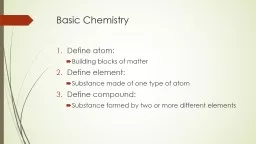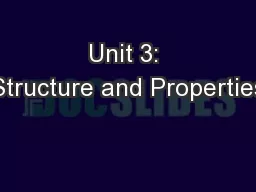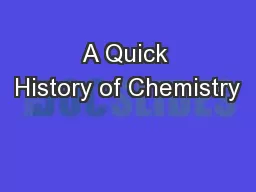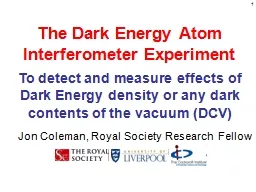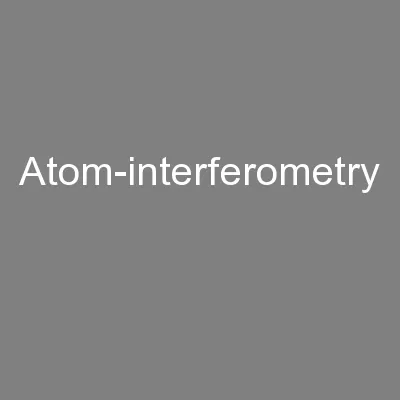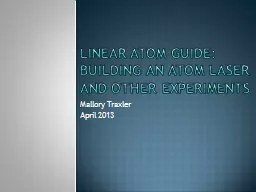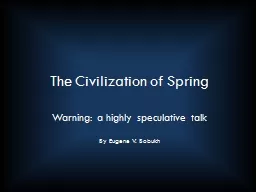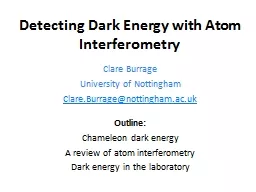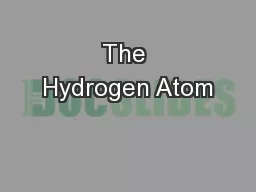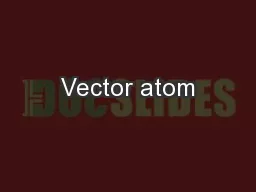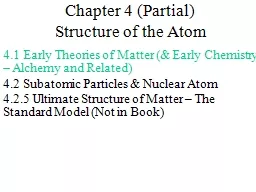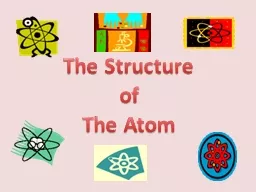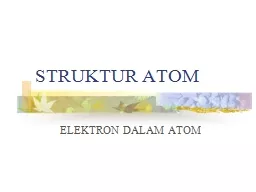PPT-Basic Chemistry Define atom:
Author : firingbarrels | Published Date : 2020-06-23
Building blocks of matter Define element Substance made of one type of atom Define compound Substance formed by two or more different elements Atoms An atom is considered
Presentation Embed Code
Download Presentation
Download Presentation The PPT/PDF document "Basic Chemistry Define atom:" is the property of its rightful owner. Permission is granted to download and print the materials on this website for personal, non-commercial use only, and to display it on your personal computer provided you do not modify the materials and that you retain all copyright notices contained in the materials. By downloading content from our website, you accept the terms of this agreement.
Basic Chemistry Define atom:: Transcript
Download Rules Of Document
"Basic Chemistry Define atom:"The content belongs to its owner. You may download and print it for personal use, without modification, and keep all copyright notices. By downloading, you agree to these terms.
Related Documents

